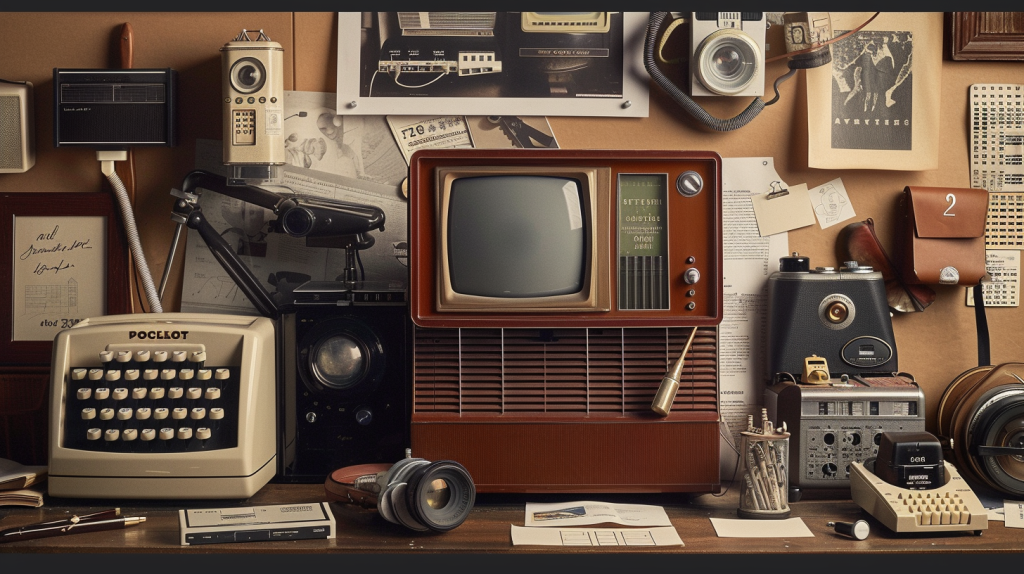The 1940s was a decade of incredible innovation, spurred on by the necessities of World War II and the post-war boom. Many gadgets invented during this time laid the groundwork for technology we use today. Let’s explore 20 gadgets from the 1940s that were truly ahead of their time.
The Jukebox
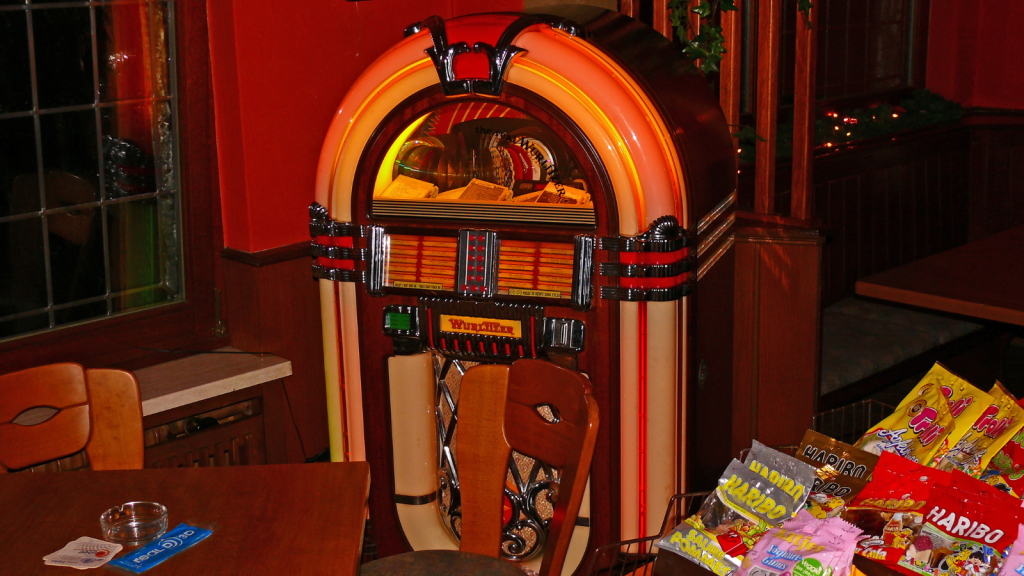
The jukebox, while invented earlier, reached its peak popularity in the 1940s. These machines allowed people to select and play music on demand, a concept that wouldn’t become mainstream again until the digital age. Jukeboxes in the ’40s often featured colorful light displays and eye-catching designs, making them the centerpiece of many diners and bars.
The Microwave Oven
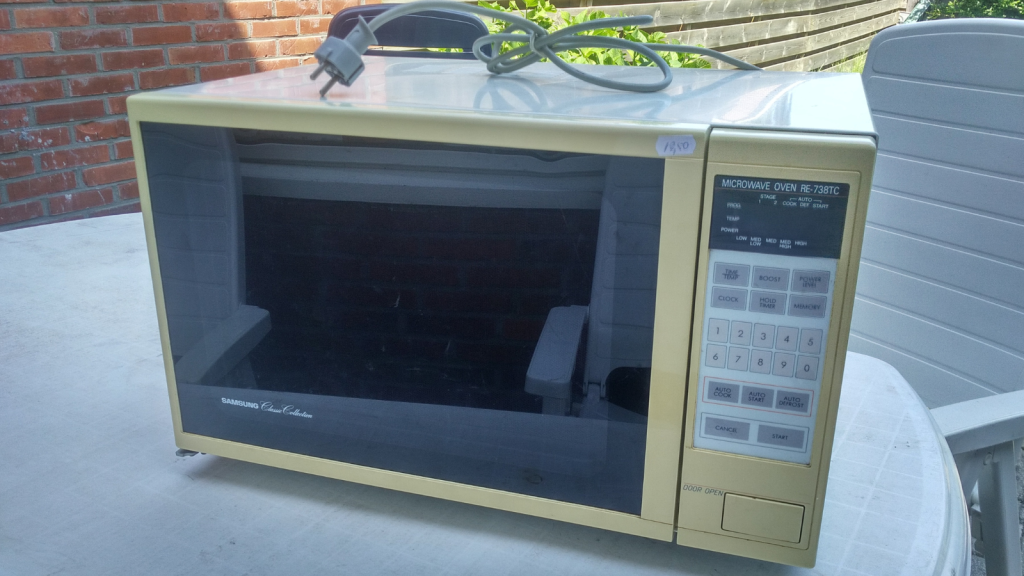
Invented by accident in 1945, the microwave oven revolutionized cooking. Engineer Percy Spencer noticed that a chocolate bar in his pocket melted when he stood near a magnetron. This discovery led to the development of the first microwave oven, which was about 6 feet tall and weighed 750 pounds. It wasn’t until the late 1960s that microwaves became small enough for home use.
The Cobra Helicopter
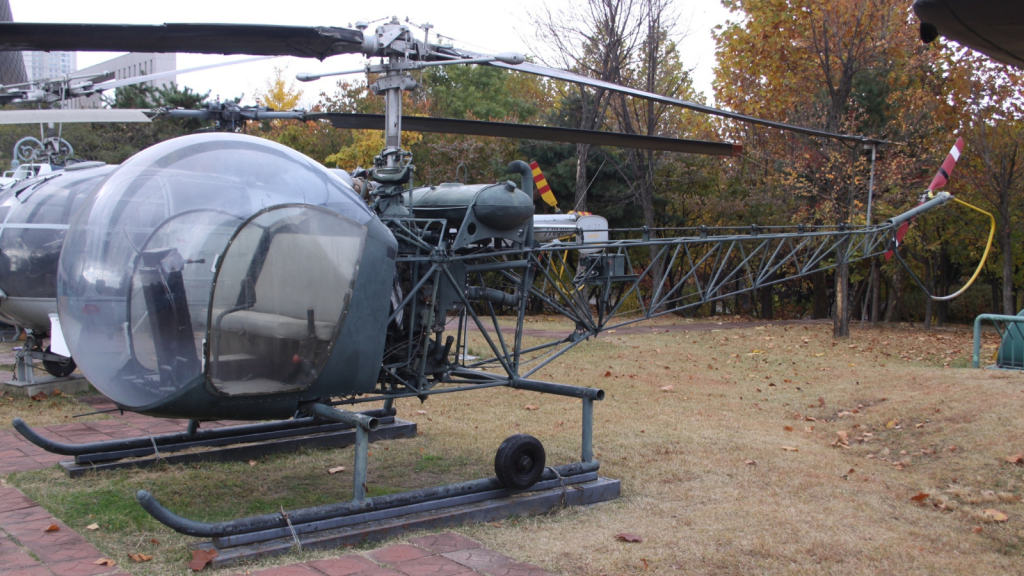
The Bell 47 helicopter, nicknamed the “Cobra,” first flew in 1945. It was the first helicopter certified for civilian use and featured a distinctive bubble canopy. The Cobra’s design influenced helicopter development for decades, and its bubble canopy is still used in modern helicopters today.
The Slinky
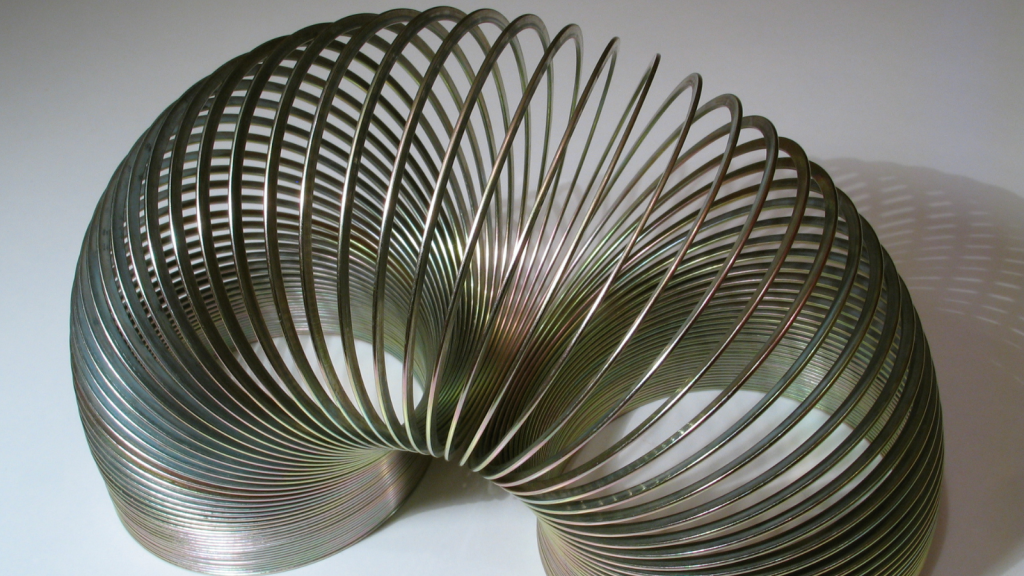
This simple toy, invented by naval engineer Richard James in 1943, captivated children and adults alike. James accidentally knocked over a tension spring and watched it “walk” down a stack of books. The Slinky’s popularity has endured for over 75 years, with over 300 million sold worldwide.
The Jeep
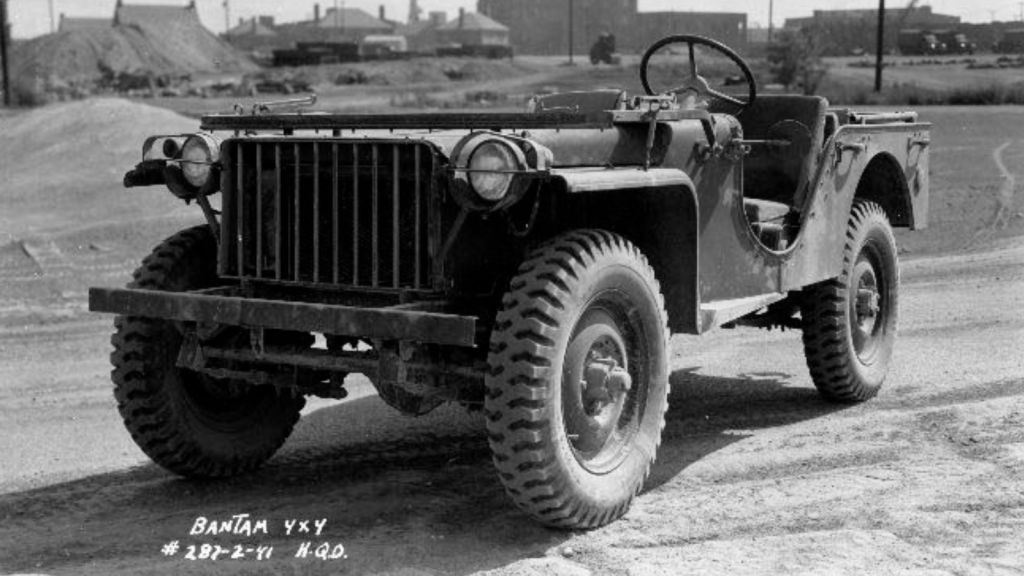
The iconic Jeep was developed during World War II as a light reconnaissance vehicle. Its versatility and ruggedness made it popular both during and after the war. The Jeep’s design influenced many modern SUVs and off-road vehicles, making it a true pioneer in automotive history.
The Polaroid Camera
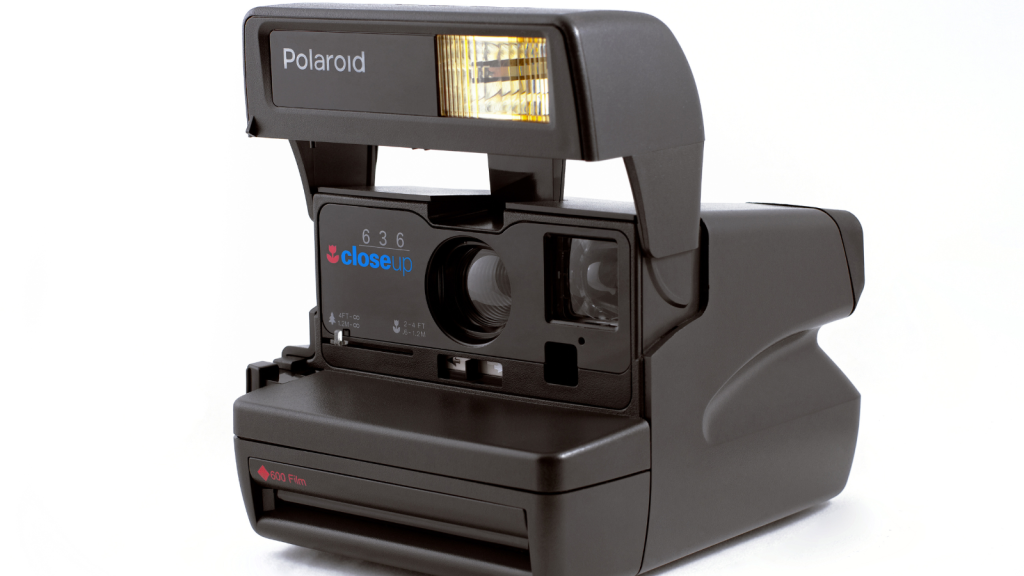
Edwin Land invented the first instant camera in 1948. The Polaroid Land Camera Model 95 could produce a finished print in about a minute. This concept of instant photography was revolutionary and paved the way for today’s digital cameras and smartphones with built-in cameras.
The Transistor
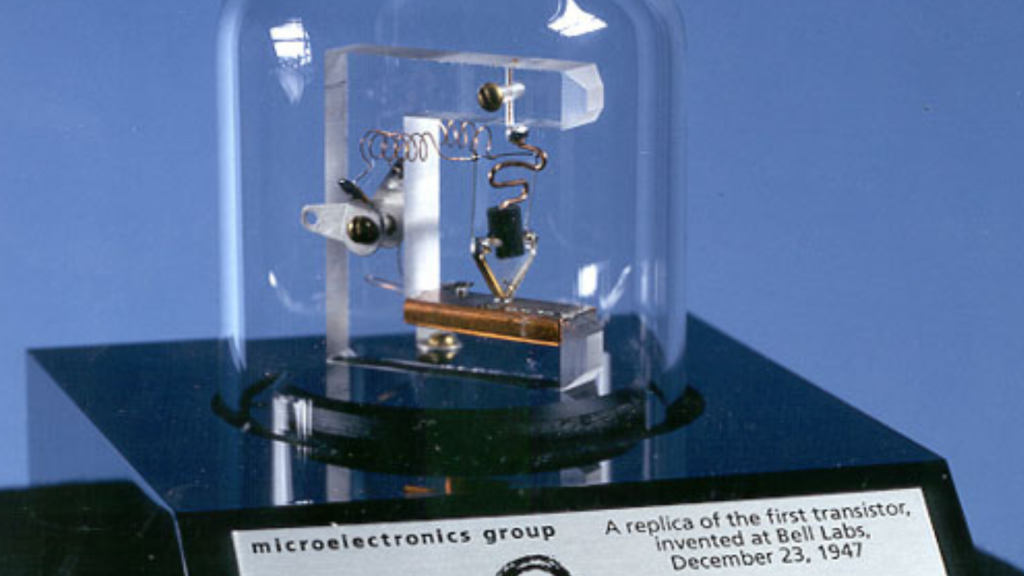
Invented in 1947 at Bell Labs, the transistor is one of the most important inventions of the 20th century. It replaced bulky vacuum tubes in electronics, leading to smaller, more efficient devices. Without the transistor, we wouldn’t have modern computers, smartphones, or many other electronic devices we use daily.
The Frisbee
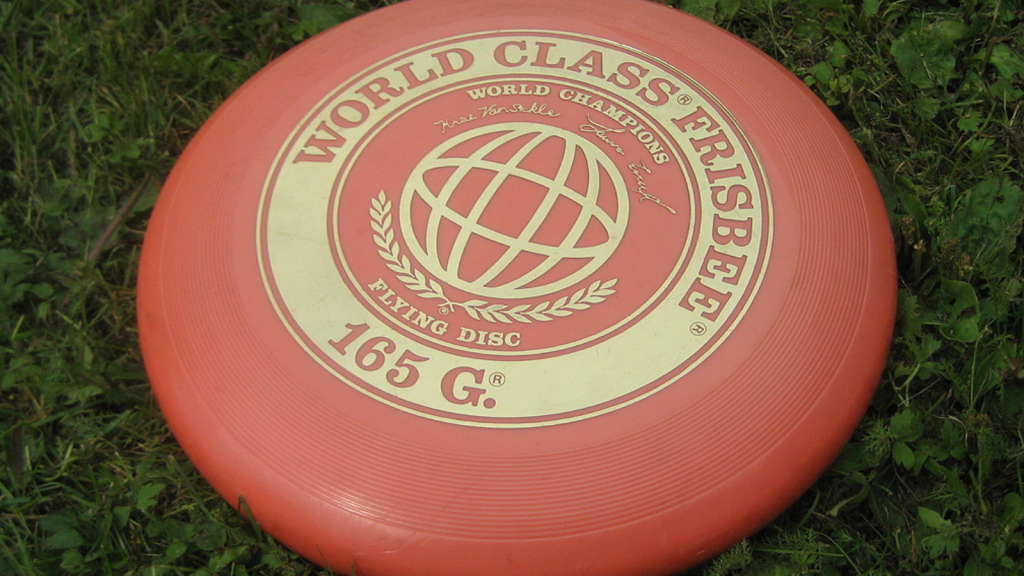
While not officially named “Frisbee” until the 1950s, the flying disc toy began its journey in the 1940s. College students in New England started tossing empty pie tins from the Frisbie Pie Company for fun. This simple act of play led to the development of one of the most popular outdoor toys in history.
The Aqualung
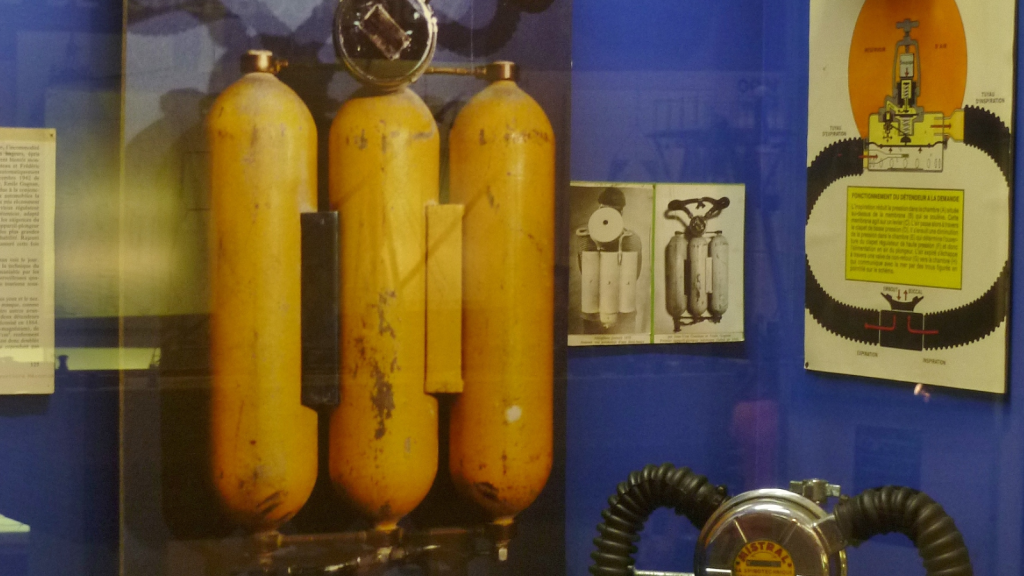
Jacques Cousteau and Emile Gagnan developed the first open-circuit scuba set in 1943. Called the Aqualung, it allowed divers to stay underwater for longer periods. This invention opened up the underwater world for exploration and led to significant advances in marine biology and oceanography.
The Ball Point Pen
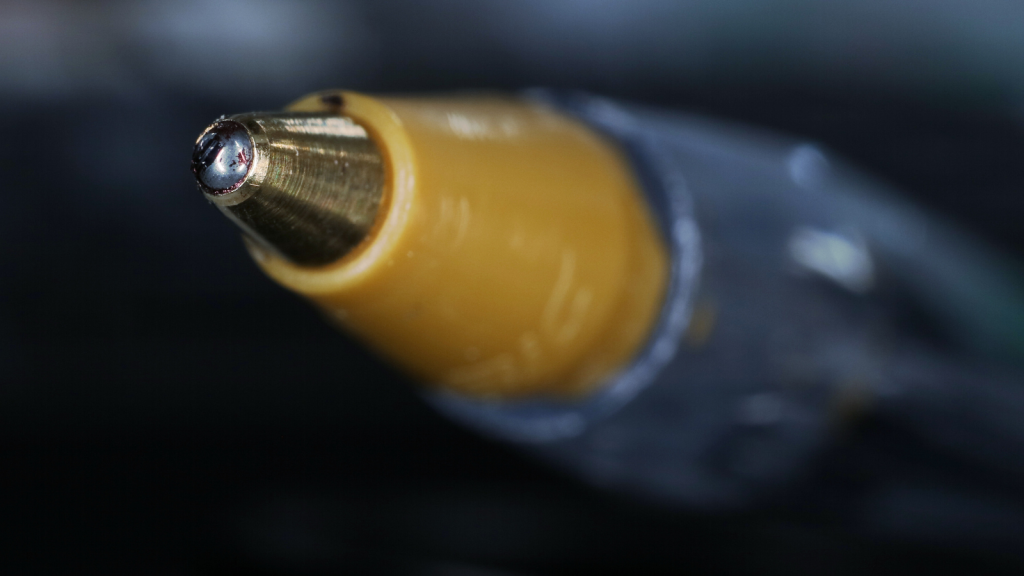
Although invented earlier, the ballpoint pen was perfected and mass-produced in the 1940s. László Bíró’s design solved the problem of ink leakage and uneven flow that plagued earlier fountain pens. The ballpoint pen quickly became the standard writing tool for millions around the world.
The Mobile Phone
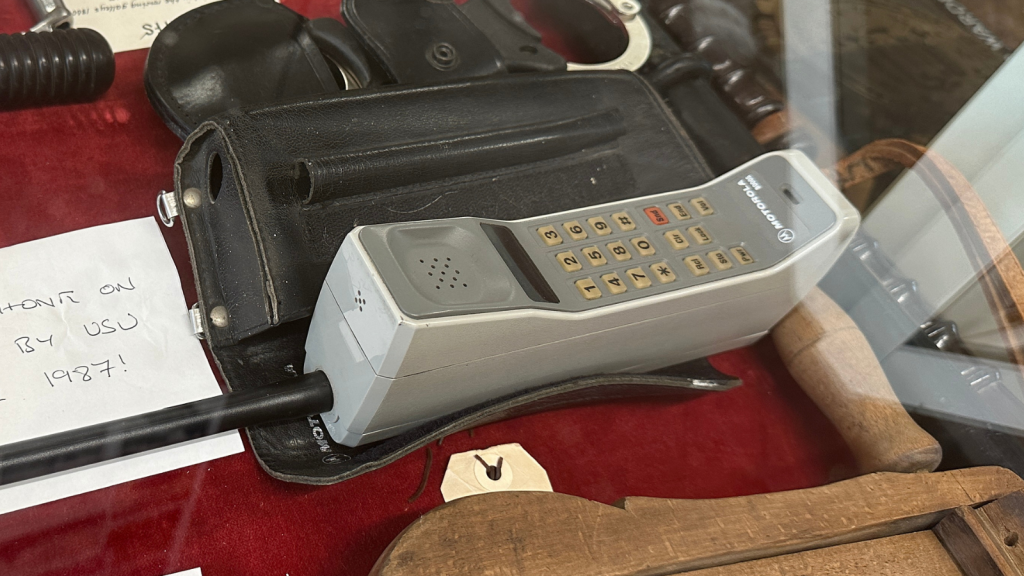
While not commercially available until much later, the concept of the mobile phone was born in the 1940s. In 1946, engineers at Bell Labs developed the first car-based telephone service. This early mobile phone system laid the groundwork for the cell phones we use today.
The Credit Card
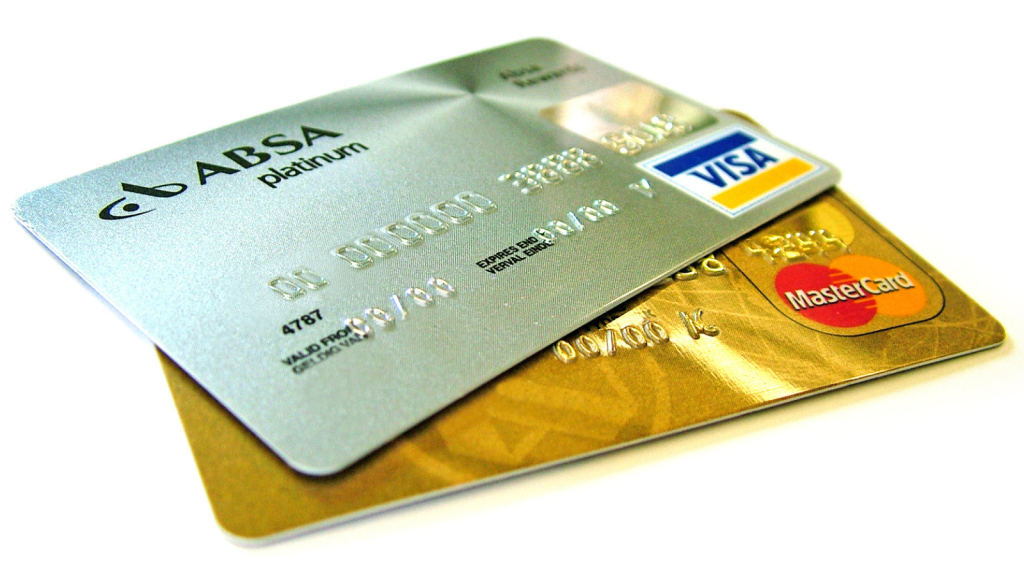
The first bank credit card, called “Charg-It,” was introduced in 1946 by John Biggins. It could only be used locally and the bank had to manually settle the charges. This concept evolved into the modern credit card system, revolutionizing how we make purchases and manage money.
The Kidney Dialysis Machine
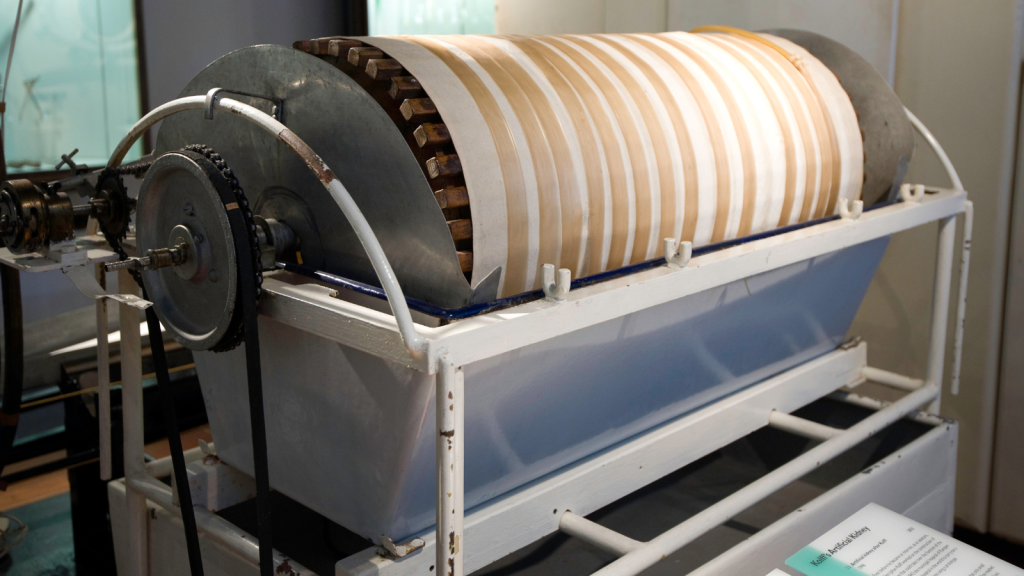
Willem Kolff developed the first practical artificial kidney in 1943. His invention saved countless lives and paved the way for modern dialysis treatments. Kolff’s machine used cellophane tubing and a washing machine to filter blood, a process that has been refined but remains fundamentally the same today.
The Atomic Clock
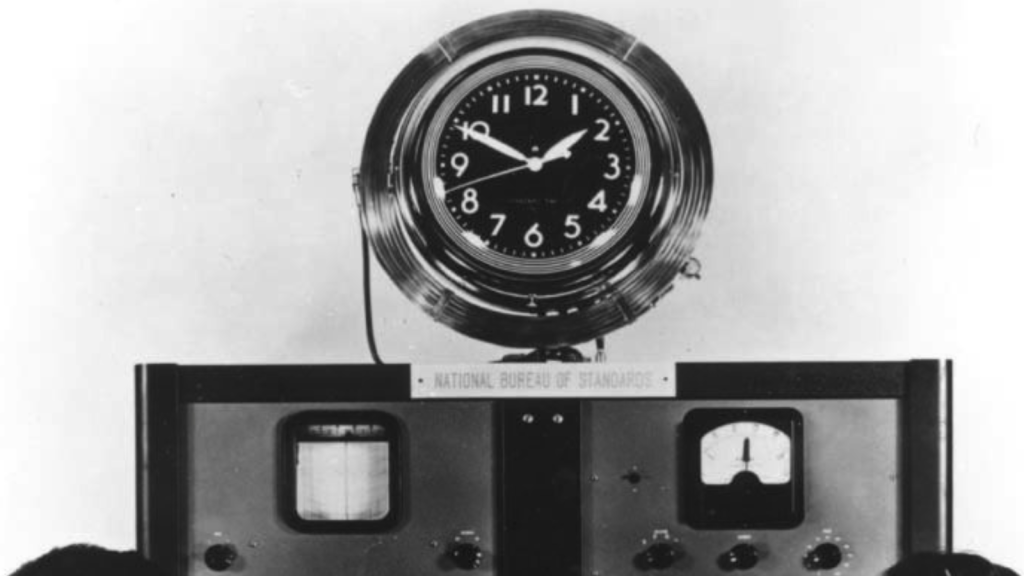
The first atomic clock was built in 1949 at the U.S. National Bureau of Standards. It used the vibrations of ammonia molecules to keep time with incredible accuracy. Atomic clocks are now used to define the official time standard for the world and are crucial for GPS and other technologies.
The Velcro

Swiss engineer George de Mestral invented Velcro in 1941 after noticing how burdock burrs stuck to his clothes and his dog’s fur. He recreated this natural attachment mechanism using nylon, creating a fastener that would find uses in everything from shoes to spacecraft.
The Aerosol Spray Can
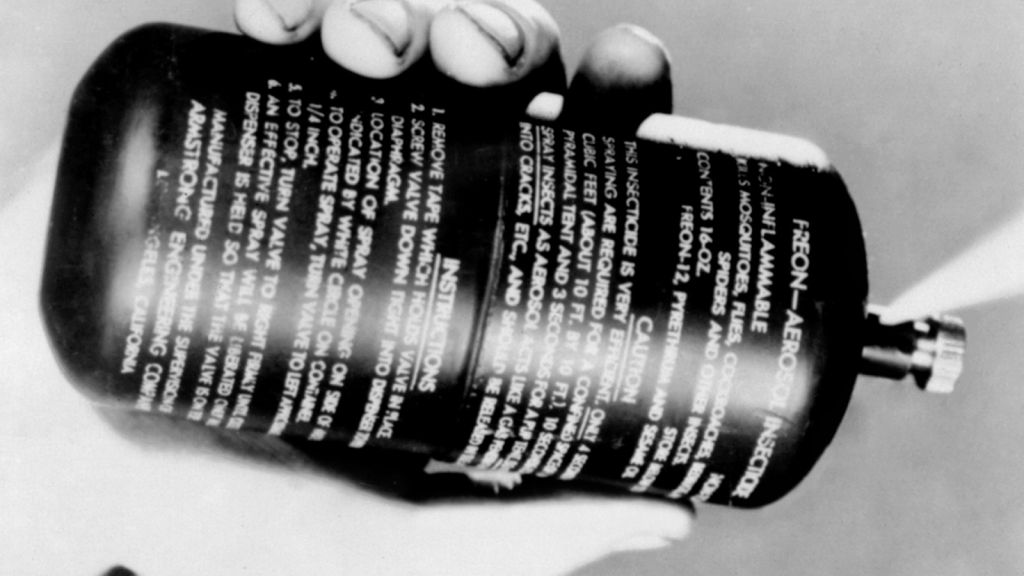
While aerosol cans existed before the 1940s, it was during this decade that they were perfected and mass-produced. The U.S. government developed aerosol cans to dispense insecticide to soldiers in the Pacific during World War II. After the war, this technology was adapted for consumer products like hair spray and paint.
The Automated Teller Machine (ATM)
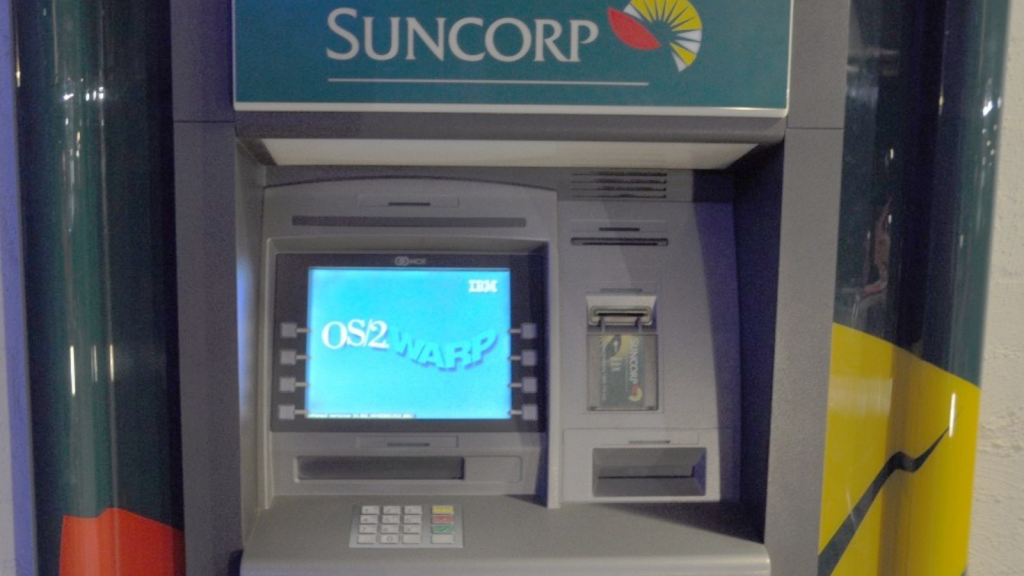
The concept of the ATM was first proposed in 1939 by Luther George Simjian. While his initial machine wasn’t successful, it laid the groundwork for the ATMs we use today. The idea of accessing bank services without a human teller was revolutionary and ahead of its time.
The Electric Blanket
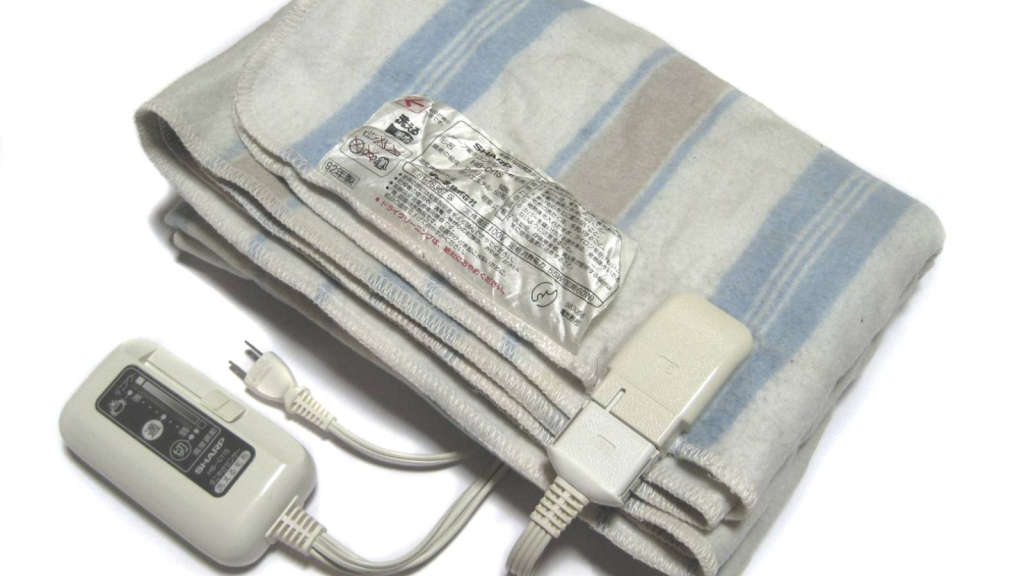
While electric blankets existed in the 1930s, they were refined and became popular in the 1940s. These blankets used electrical heating elements to keep sleepers warm, a concept that seemed futuristic at the time. Modern electric blankets still use the same basic principles developed in the 1940s.
The Fluorescent Lamp
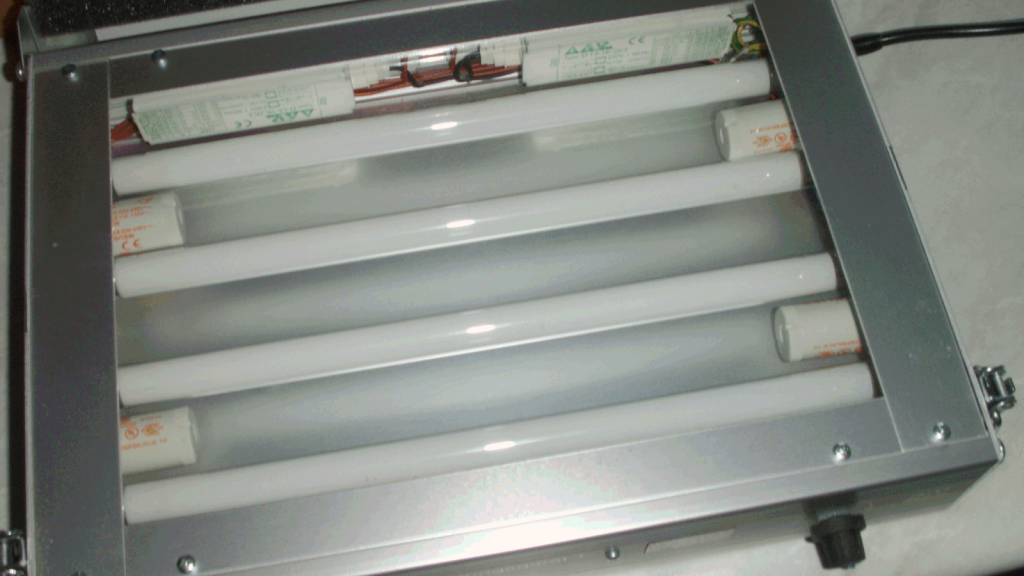
Although invented earlier, fluorescent lamps became widely used in the 1940s. These energy-efficient lights were a significant improvement over incandescent bulbs, lasting longer and using less electricity. The technology behind fluorescent lamps paved the way for even more efficient lighting solutions we use today, like LED bulbs.
The Electronic Computer
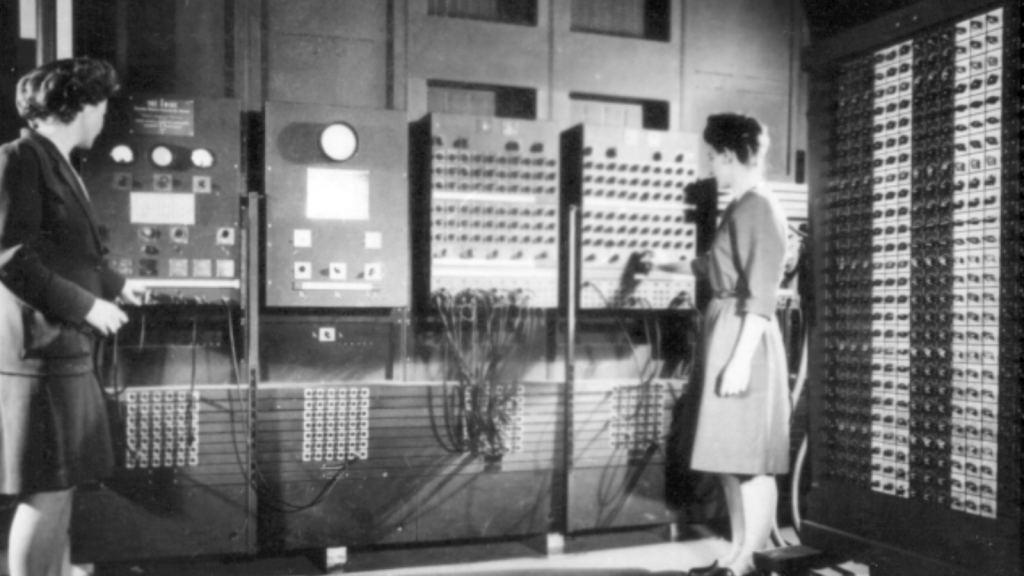
The first general-purpose electronic computer, ENIAC (Electronic Numerical Integrator and Computer), was completed in 1945. It filled a large room and used vacuum tubes instead of transistors. While massive and slow by today’s standards, ENIAC was a groundbreaking machine that laid the foundation for modern computing.
Katy Willis is a writer, master herbalist, master gardener, and certified canine nutritionist who has been writing since 2002. She’s finds joy in learning new and interesting things, and finds history, science, and nature endlessly fascinating.
